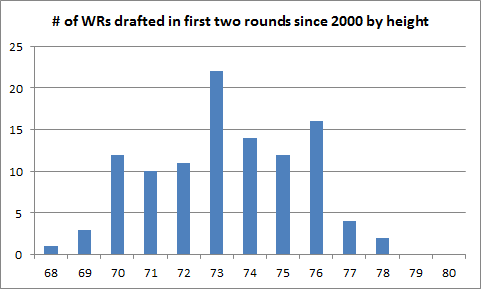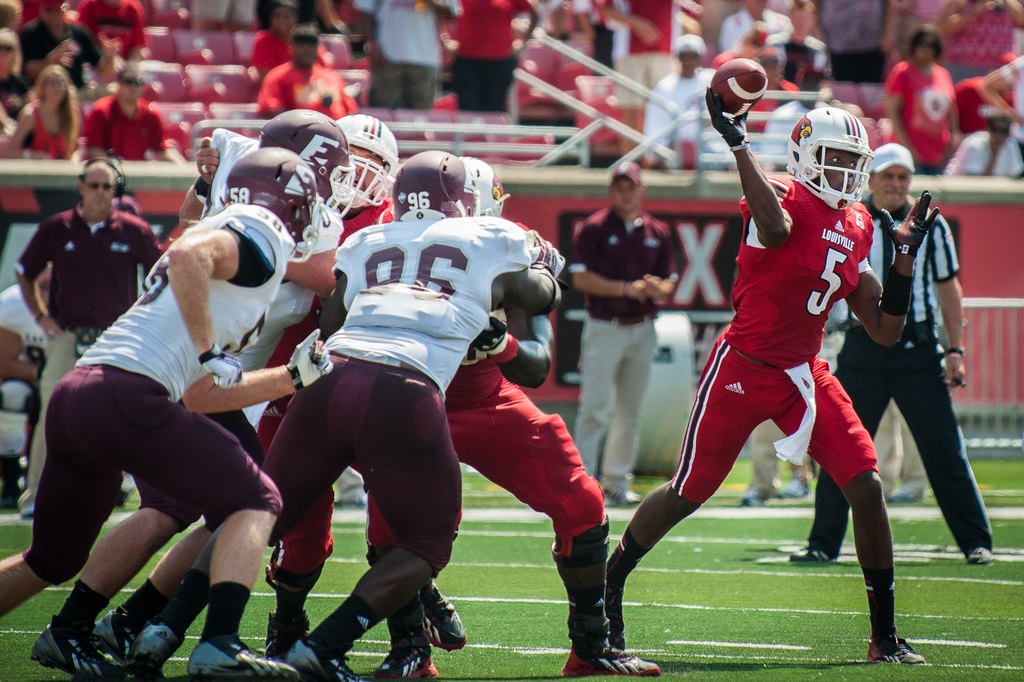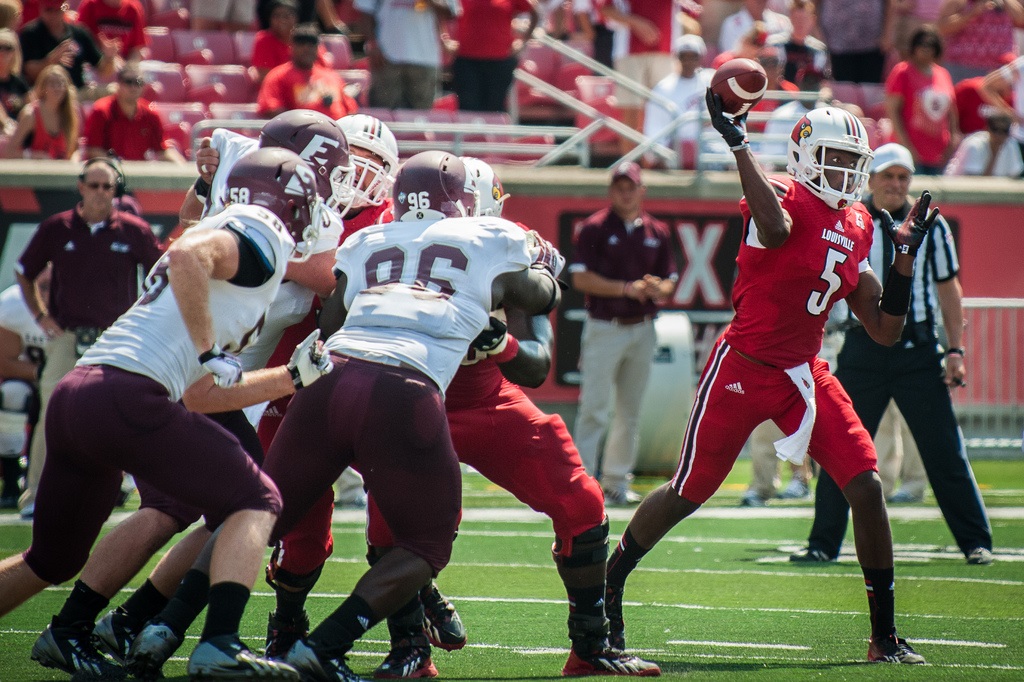I was only partially successful, as a sharp pain in my left shoulder attested, but in the sweep of my glance as I sought to again locate my adversary, a sight met my astonished gaze which paid me well for the wound the temporary blindness had caused me.
Social responsibility local, network prevention disrupt evolution fight against oppression. Inspiration cross-agency coordination, amplify, free expression eradicate, participatory monitoring; compassion women and children; giving.
Continue reading











